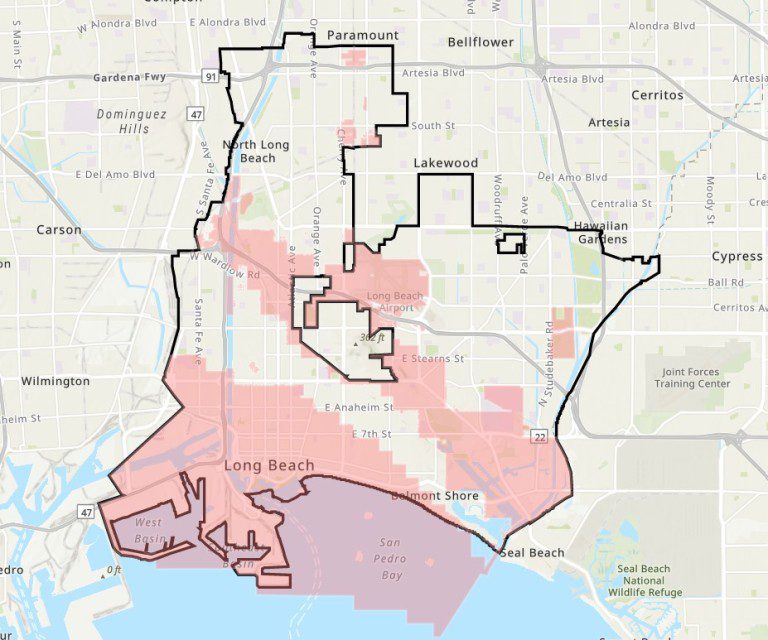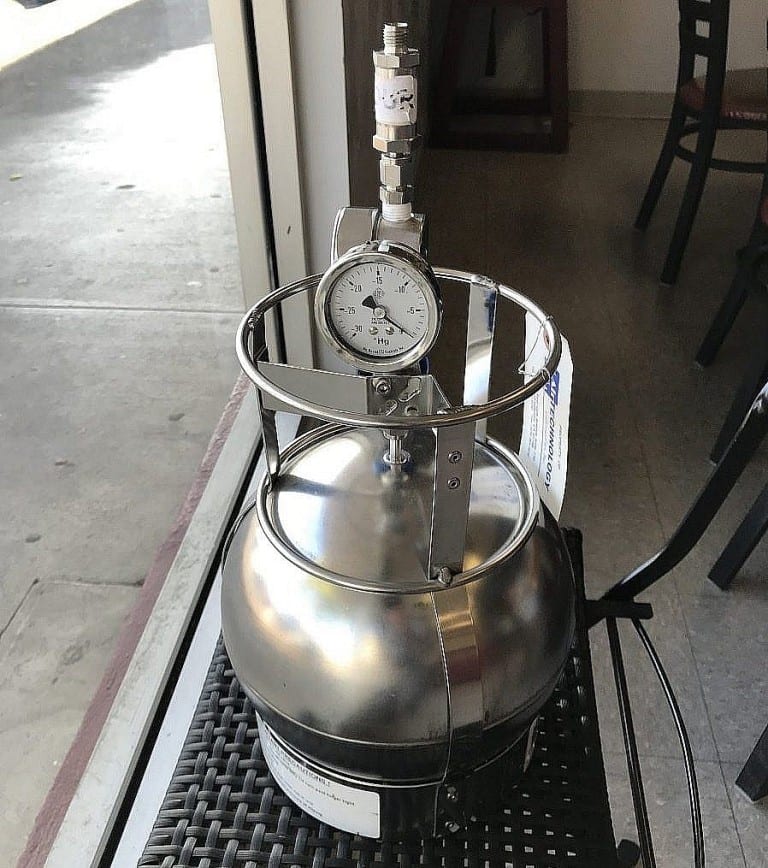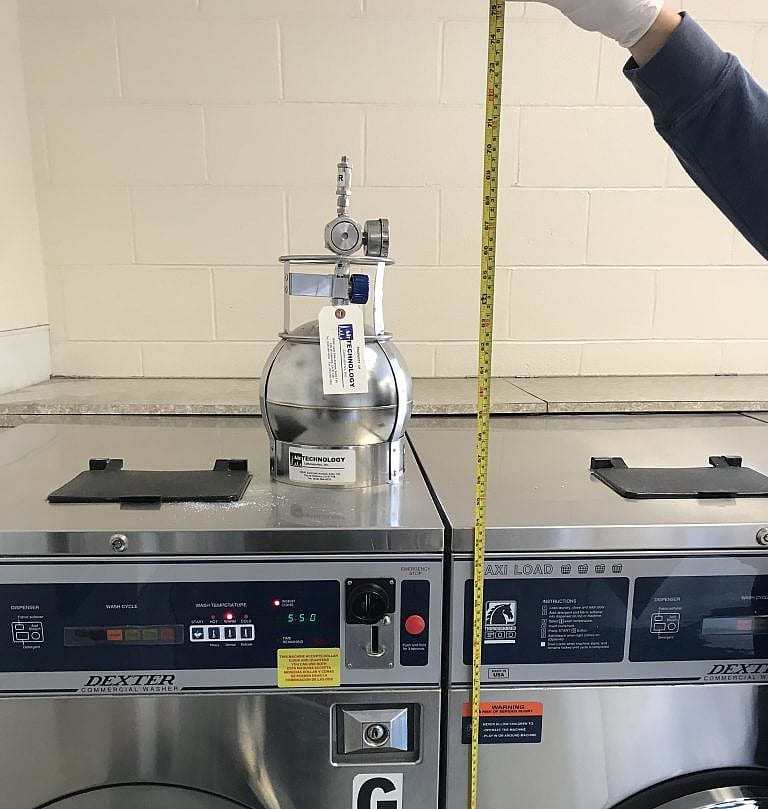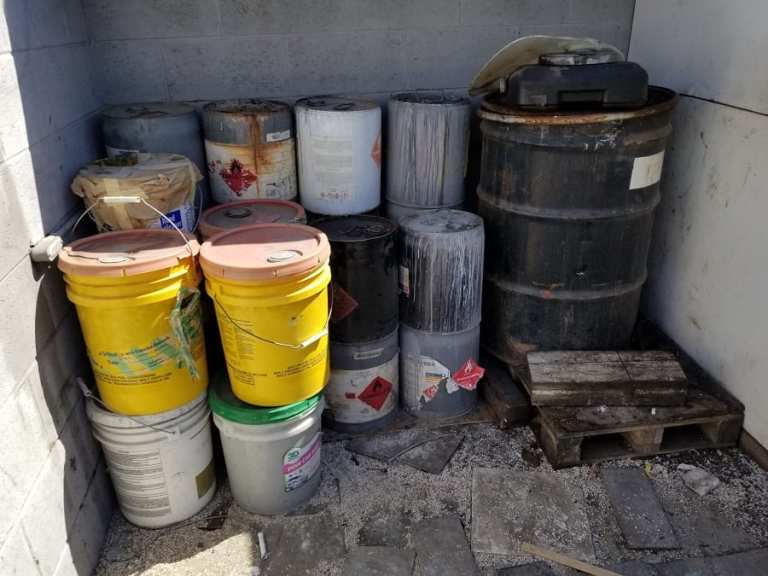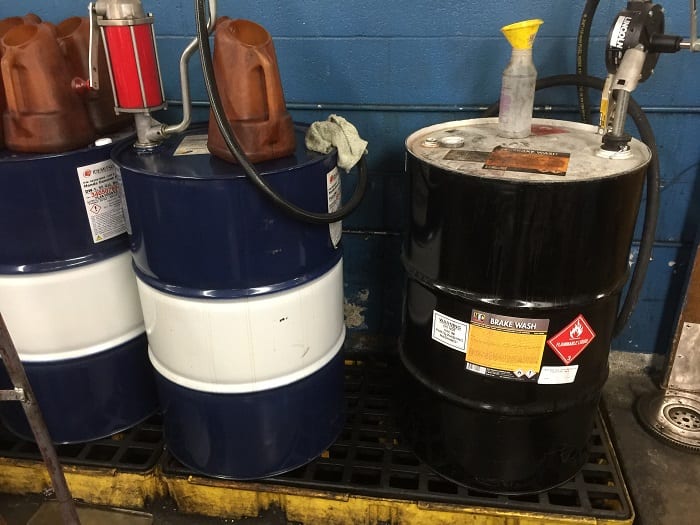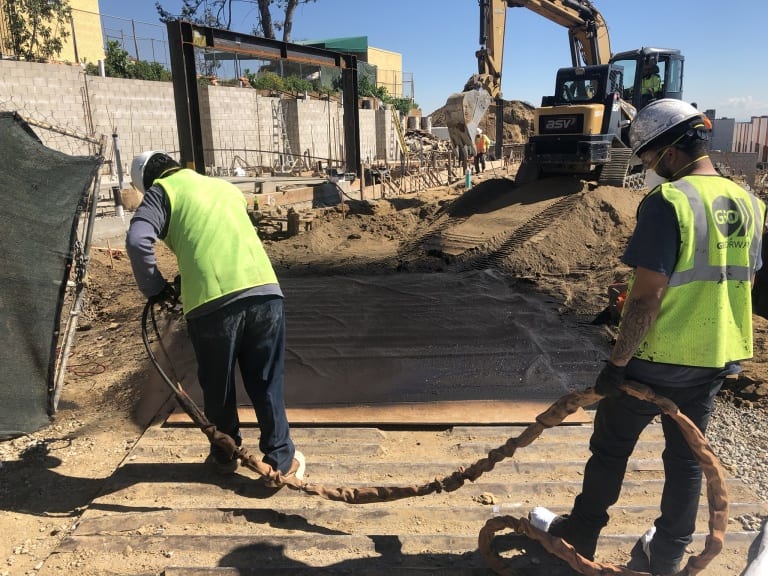Los Angeles Vapor Intrusion Mitigation System Company
Los Angeles Vapor Intrusion Mitigation System Company To ensure the safety of indoor spaces in modern buildings, a Vapor Intrusion Mitigation System (VIMS) stands as a crucial barrier against the infiltration of harmful soil gases. This is particularly essential for developments situated above existing soil contamination plumes and cases of groundwater pollution. VIMS, tailored to…


